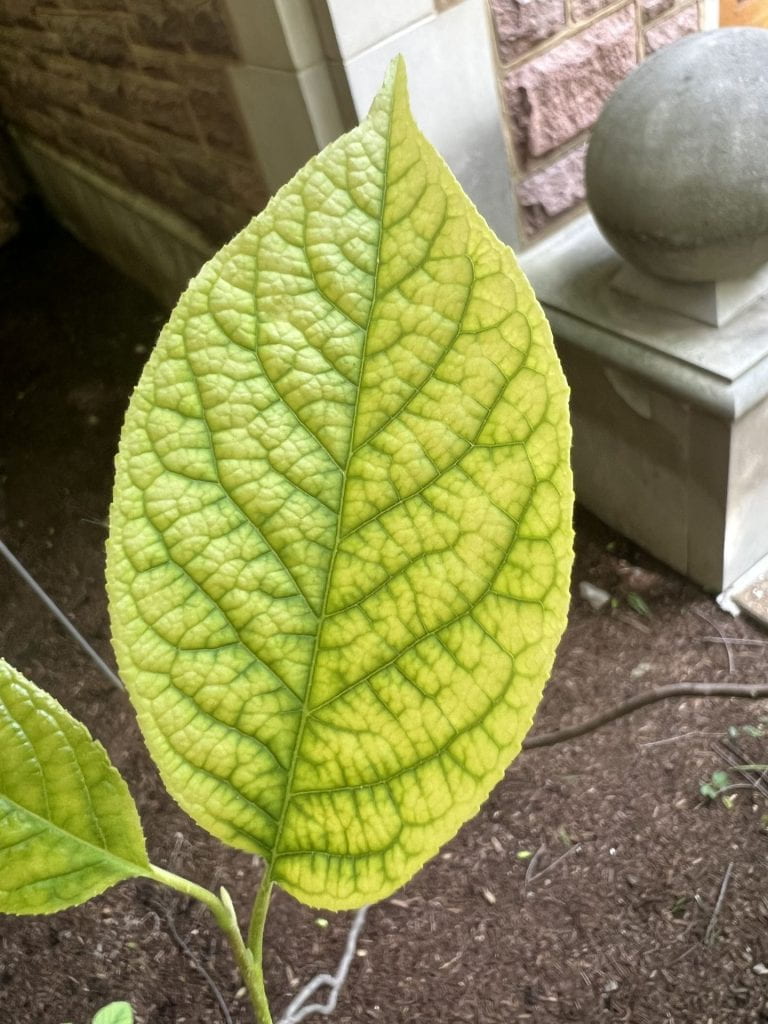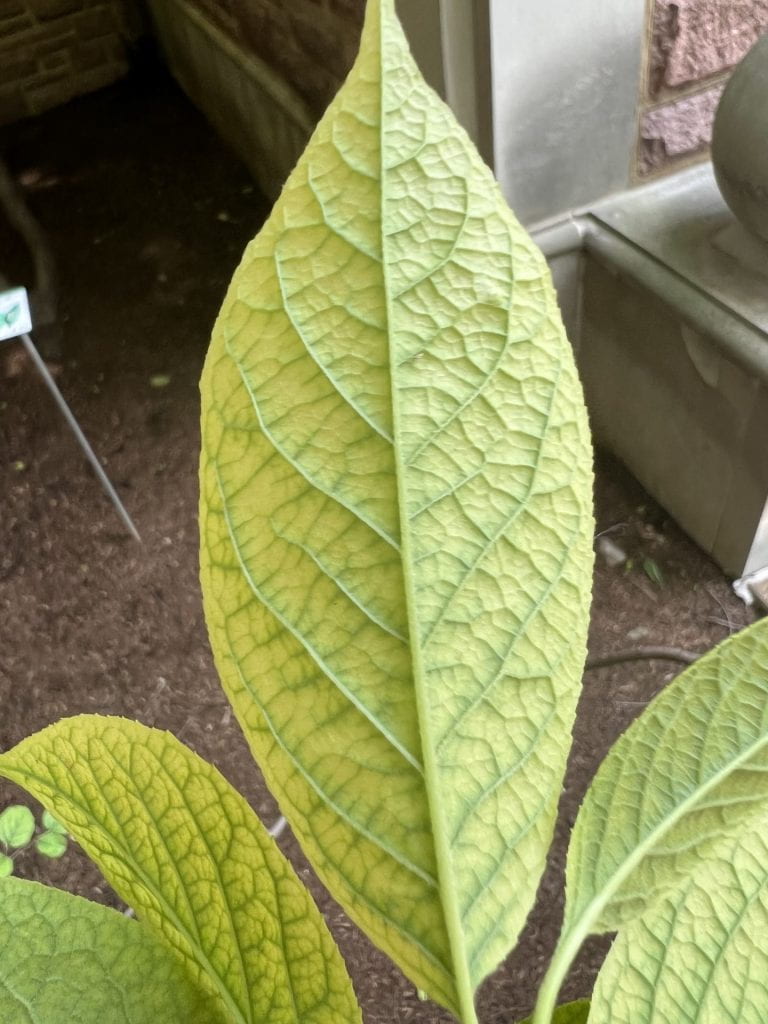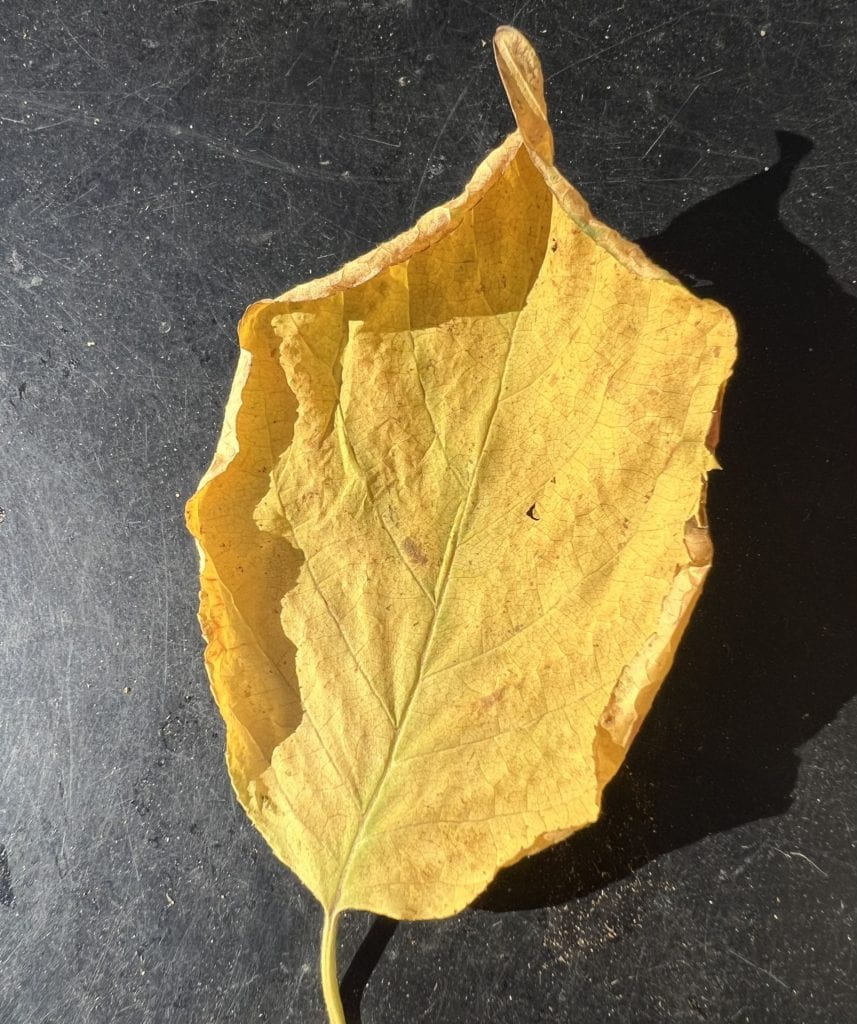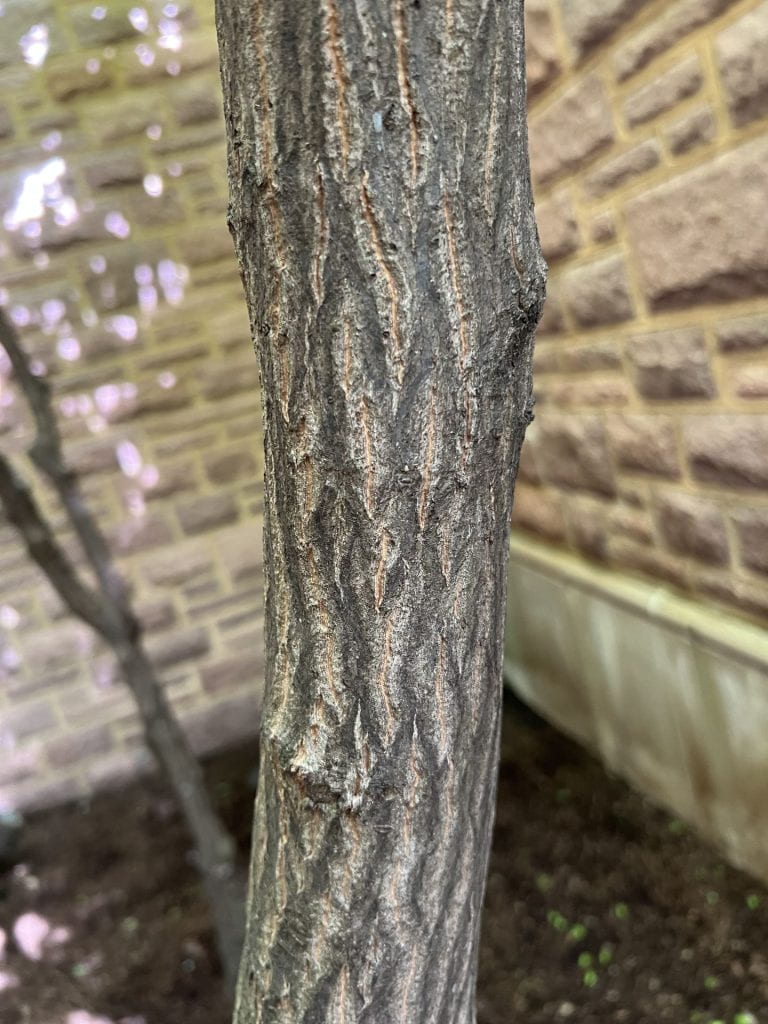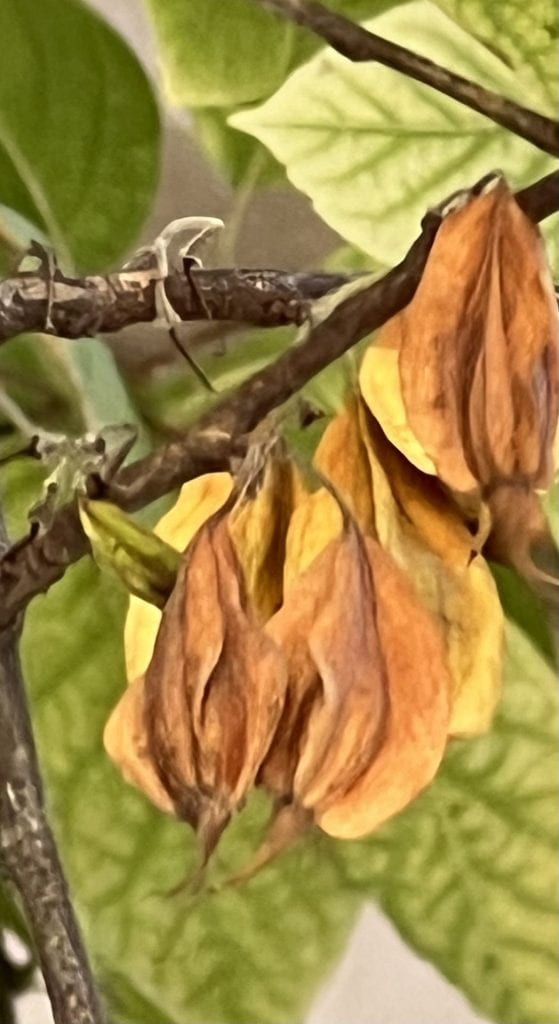Carolina Silverbell
Arbor Walk #132, TreeKeeper ID #1468
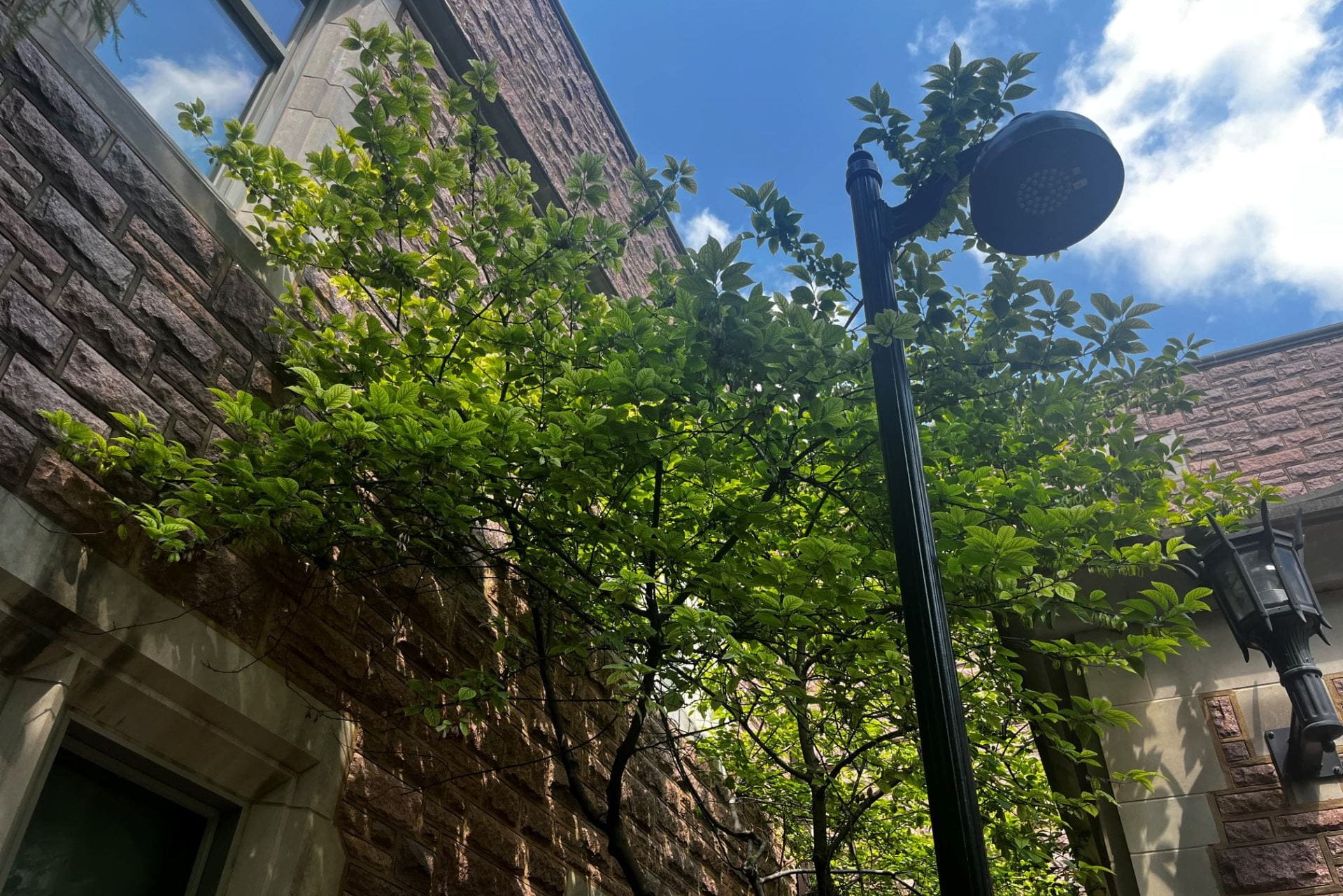
The best place to find this plant in the wild is the Great Smokey Mountains where they thrive. Squirrels love the four-winged, dry fruit, and Tennessee beekeepers describe it as a great honey tree. The wood is also sometimes used for cabinets, veneer, and carvings.
This tree has two recognized subspecies: Halesia carolina carolina and H. c. monticola. The latter is usually found in the most Southern parts of their range, and the only morphological difference is that this subspecies grows much larger. Arbor Walk #132 is likely Halesia carolina carolina because it is more common and the other is typically sold and referred to as Mountain Silverbell.


GPS Coordinates
N/A
Percent Concrete
N/A
Distance to Buildings
| Year | Close Building #1 | Close Building #2 | Close Building #3 |
|---|---|---|---|
Distance to Other Species
| Year | Close Species #1 | Close Species # 2 | Close Species # 3 |
|---|---|---|---|
Standard Measurements
| Year | Height (m) | DBH (cm) | Crown Diameter N-S (m) | Crown Diameter E-W (m) | Average Crown Diameter (m) |
|---|---|---|---|---|---|
| 2023 | 9.5 | 9/16.5 | 3.45 | 6.17 | 4.81 |
Nests and Pests
| Year | Description |
|---|---|
| 2023 | N/A |
Leaf Identification
The leaves of the Carolina Silverbell are 2″ to 5″ long and 1″ to 3″ wide. The leaf shape is typically ovate, margins are serrulated to serrated, and the venation is pinnate. It is slightly pubescent on lower surface. They are dull green most of the year but have yellow fall foliage.
Twig and Bud Identification
The twigs of the Carolina Silverbell are brown and smooth, but young shoots will be green and hairy (pubescent). The buds have many scales.
Bark Identification
The Carolina Silverbell’s bark on young trees have vertical fissures, which gives it a striped look. As the trees age, they gain scales that strip off. The underneath bark is reddish-brown.
Fruit Identification
The fruit of the Carolina Silverbell is a 1″ to 2″, four-winged drupe. Once it matures it becomes a copper-brown color, but the immature fruit are green. The fruits mature in early summer.
Flower Identification
The Carolina Silverbell’s flowers are small white flowers that sometimes have a tinge of pink. They are typically less than an inch long and form in drooping clusters. Their four to five petals create a bell-like shape. The flowers bloom in mid-spring.
Coming soon

